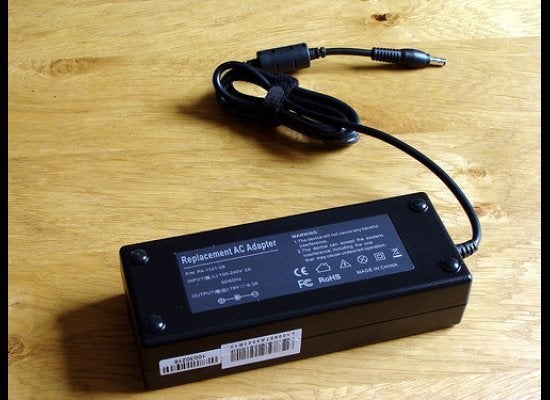
Recent microbe research found that a certain type of iron-eating bacteria has the ability to produce tiny magnets. Enter magnetic bacteria. Similar to the magnets in computer hard drives, these magnetic bacteria could be used to create faster hard drives, while maintaining size qualifications.
In the tech industry, smaller is better, whether it's a lighter laptop, thinner mobile device or miniature iPad. With tech gadgets shrinking in size, internal components must be produced on a nano level with double the storage capacity.
Scientists from the U.K.'s University of Leeds in collaboration with Japan's Tokyo University of Agriculture and Technology conducted the research that was recently published in Small, a journal covering advances in nano and micro-technology. They studied the bacterium, Magnetospirilllum magneticum, which is usually found in ponds or lakes and swims along the planet's geomagnetic field. The researchers found that after ingesting iron, the bacterium had an internal protein reaction with the element, resulting in the production of tiny crystals of magnetite, the most magnetic mineral on Earth.
Dr. Sarah Staniland of the University of Leeds, the lead researcher on the project, and her team were able to replicate this process outside the bacteria and grow their own magnets.
"We are quickly reaching the limits of traditional electronic manufacturing as computer components get smaller. The machines we've traditionally used to build them are clumsy at such small scales. Nature has provided us with the perfect tool to circumvent this problem," Staniland said in a statement.
Ultimately, after the team has reduced the clumps to single magnets, each nano-magnet should be able to hold one bit of information, or eight terabits per square inch.
Hard drive manufacturer Seagate became the first to achieve a feat anywhere near this level in March of this year. The company released its terabit-per-square-inch hard drive on a 3.5 inch disk.
What Staniland is promising is far beyond what current hard drives can hold at a fraction of the size. When all is said and done, nano-magnets may be the must-have computer component of the future.
